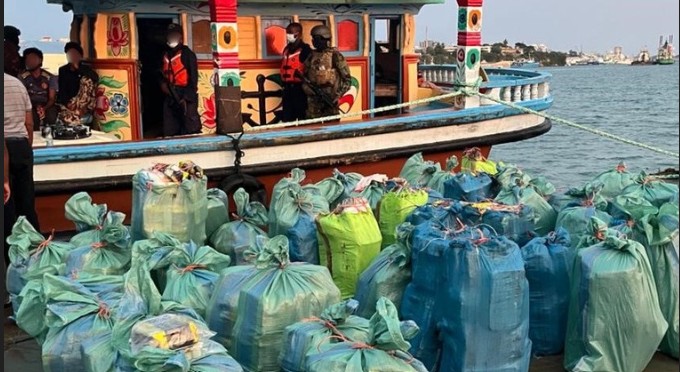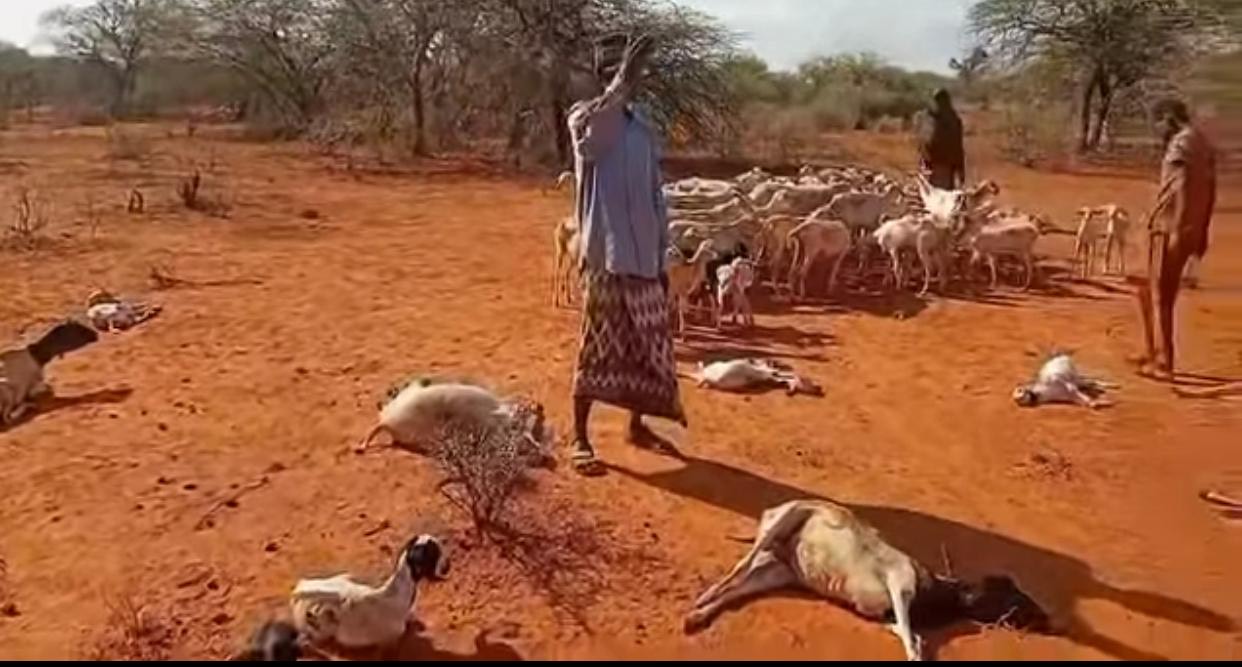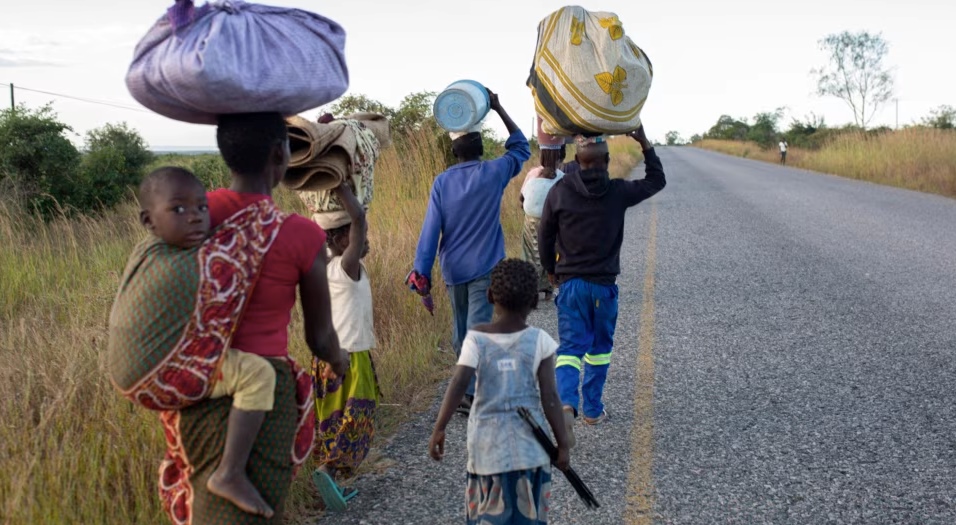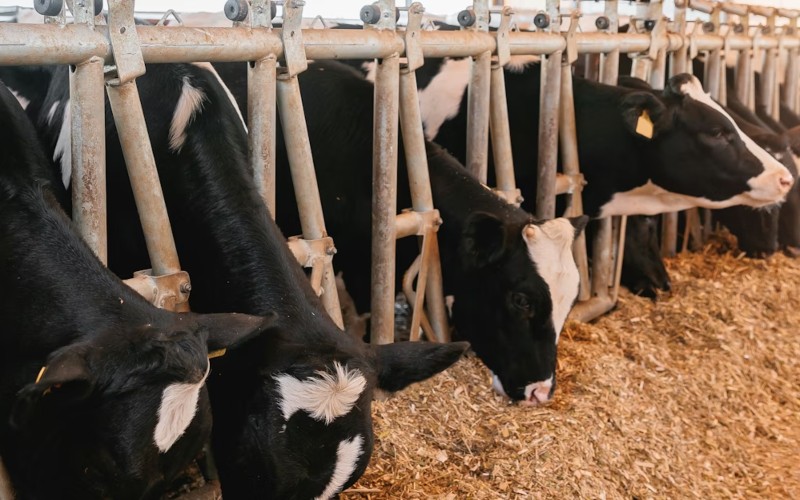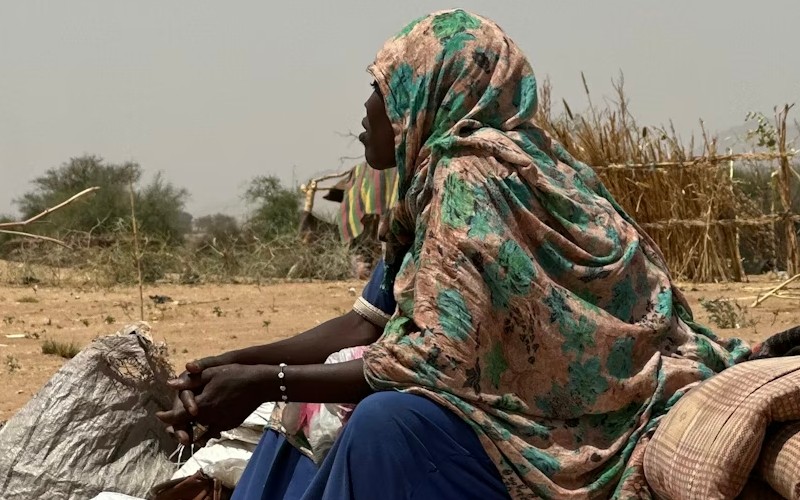Uncontrolled bush meat consumption among factors fuelling zoonotic disease outbreaks
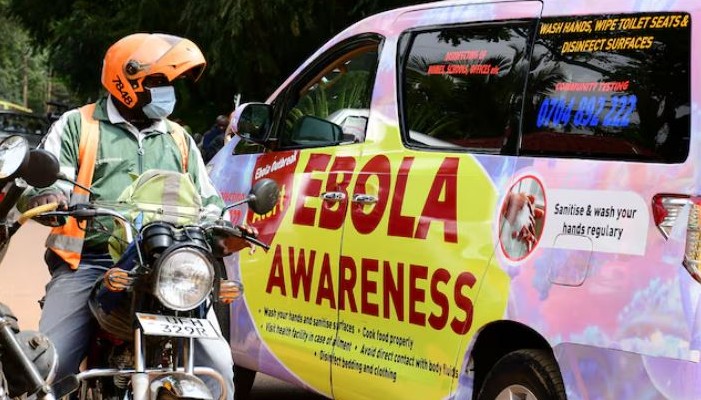
Over the past decade, mpox, Marburg, and Ebola have collectively claimed tens of thousands of lives and cost billions of dollars in containment and mitigation efforts.
Billions of shillings are being used to treat preventable zoonotic diseases instead of bolstering healthcare infrastructure. This is due to the failure of authorities to enforce basic public health measures on game meat consumption.
In Kenya, for instance, Sh6.7 billion was allocated in 2024 to combat mpox despite only 41 reported cases since the outbreak.
More To Read
- How 'Long Covid' continues to challenge patients five years on
- Government unveils national action plan to boost hazardous threat response
- Long Covid’s lasting damage: Why many South Africans still struggle with fatigue, anxiety and memory loss
- South Sudan on high alert as Marburg outbreak emerges across border in Ethiopia
- Ethiopia confirms Marburg virus disease outbreak, nine cases reported so far
- Kenya leads push for stronger regulation of medicines, vaccines in Africa
Meanwhile, the incidence of zoonotic diseases across Africa has surged by 63 per cent, driven by pathogens like Murbug, mpox, and Ebola that are primarily transmitted through interaction with wild animals.
In Kenya, the Ministry of Health has outlined several measures to prevent the transmission of mpox such as avoiding close contact with infected individuals and minimising interactions with wild animals.
In many African countries, including Kenya, the consumption of wild animals remains a common practice despite increasing awareness of health risks and conservation efforts. This tradition is driven by cultural beliefs, food scarcity, and economic hardships, with various communities continuing to hunt and eat bush meat as a source of protein or for medicinal purposes.
Different communities consume wild animals including rodents, primates, antelopes, reptiles, and birds. Among these, monkeys, cane rats, porcupines, fruit bats, and bushbucks are frequently hunted.
However, bush meat consumption poses significant public health risks, as many of these animals are reservoirs of zoonotic diseases such as mpox, Marburg virus, Ebola, anthrax, and rabies.
Global health concern
Zoonotic diseases, which are infections transmitted from animals to humans, have been a major global health concern. Many emerging infectious diseases, including mpox (previously known as monkeypox), Marburg virus, Ebola, and others, originate from wild animals before spreading to humans. These diseases are often linked to human interactions with wildlife, such as hunting, deforestation, and consumption of bush meat.
Mpox is primarily associated with rodents like Gambian pouched rats, dormice, and squirrels rather than monkeys. Humans contract the virus through direct contact with infected animals, whether through bites, scratches, bodily fluids, or by consuming bush meat. Although mpox was historically confined to Central and West Africa, recent outbreaks have shown that human-to-human transmission has led to its global spread.
Similarly, the Marburg virus is linked to Egyptian fruit bats (Rousettus aegyptiacus), which serve as natural hosts. People become infected when they come into contact with bat droppings, saliva, or contaminated environments such as caves where these bats reside. Once the virus enters human populations, it spreads through bodily fluids, causing deadly outbreaks in countries like Uganda, Angola, and Ghana.
Ebola, another highly fatal disease, also has strong ties to wild animals. Fruit bats are the suspected primary reservoirs, but primates such as chimpanzees, gorillas, and monkeys also contribute to its transmission.
The infection spreads through direct contact with blood, bodily fluids, or tissues of infected animals, especially when handling or consuming bush meat.
Ebola outbreaks have been concentrated in Central and West Africa, with devastating consequences for affected communities.
Several other zoonotic diseases have emerged from wild animals.
Rabies is commonly spread by infected mammals like bats, foxes, and raccoons, while Lassa fever is linked to rodents in West Africa. The Nipah virus originates from fruit bats and has the potential to infect both pigs and humans. Meanwhile, outbreaks of SARS and Covid-19 have been traced back to bats, with pangolins and other intermediary hosts playing a possible role in transmission.
The increasing frequency of these diseases can be attributed to several human-driven factors.
Contact with humans
Deforestation and habitat loss force wildlife into closer contact with human populations, increasing the risk of spillover events.
Bush meat trade remains a significant concern as it exposes people to infected animals. Rapid urbanisation and globalisation further accelerate the spread of diseases, while climate change alters animal migration and disease transmission patterns, creating new challenges for global health.
As of February 2025, substantial financial resources have been allocated to combat the mpox outbreak in Africa. In September 2024, the Pandemic Fund Board approved $128.89 million to support 10 African countries heavily impacted by the disease.
In October 2024, the European Union committed an extra €20 million towards the Africa CDC and WHO's mpox preparedness and response plan, specifically aiding the Democratic Republic of the Congo (DRC).
The UK government also announced £5.5 million in funding for research into mpox transmission, new vaccines, and treatments in the DRC and neighbouring countries.
In Kenya, the Ministry of Health has allocated over Sh6.7 billion (approximately US$60 million) towards managing mpox, as outlined in the country's preparedness and response plan.
In the Democratic Republic of the Congo, while specific national allocations are not detailed, the DRC is a primary beneficiary of the Pandemic Fund's $128.89 million and the EU's €20 million commitment. Moreover, the DRC will receive 85 per cent of the 899,000 vaccine doses allocated to nine African countries heavily affected by mpox.
Devastating toll
Over the past decade, zoonotic diseases such as mpox, Marburg virus and Ebola have taken a devastating toll on Africa, resulting in high mortality rates, rapid spread, and immense financial strain on healthcare systems. These viral infections, primarily transmitted from wild animals to humans, have triggered multiple outbreaks, overwhelming medical facilities and necessitating substantial international funding for containment and response efforts.
Previously confined to Central and West Africa, mpox has now spread globally, with cases reported in more than 110 countries since 2022.
Marburg virus, a highly fatal haemorrhagic fever, has a case fatality rate of 23 per cent to 90 per cent, depending on access to medical care. Some of the most significant outbreaks in recent years occurred in Angola in 2005, Uganda in 2017 and 2022, Equatorial Guinea in 2023, and Ghana in 2022. The virus is primarily transmitted through contact with infected Egyptian fruit bats, as well as human-to-human transmission via bodily fluids.
The financial impact of the Marburg outbreaks has been severe. Uganda and Ghana have spent millions of dollars on containment efforts. In 2023, the WHO and Africa CDC provided emergency funding to affected nations for rapid response and medical intervention, but the burden on healthcare systems remains overwhelming.
Ebola remains one of the most lethal viral diseases on the continent, with a case fatality rate ranging from 25 per cent to 90 per cent.
Staggering financial cost
The financial cost of Ebola outbreaks has been staggering. The 2014-2016 epidemic alone inflicted over $53 billion in global economic losses. The World Bank, WHO, and donor countries have invested billions of dollars in response measures, including vaccine development and strengthening healthcare systems. The Africa CDC and Gavi, the Vaccine Alliance, have also expanded vaccine stockpiles and rapid response initiatives to curb future outbreaks.
Over the past decade, mpox, Marburg, and Ebola have collectively claimed tens of thousands of lives and cost billions of dollars in containment and mitigation efforts. These outbreaks have placed immense pressure on Africa’s already fragile healthcare systems.
While international funding has been crucial in response efforts, sustained investment in surveillance, vaccination programmes and public health infrastructure remains essential to prevent future epidemics and safeguard communities from emerging zoonotic threats.
Top Stories Today


